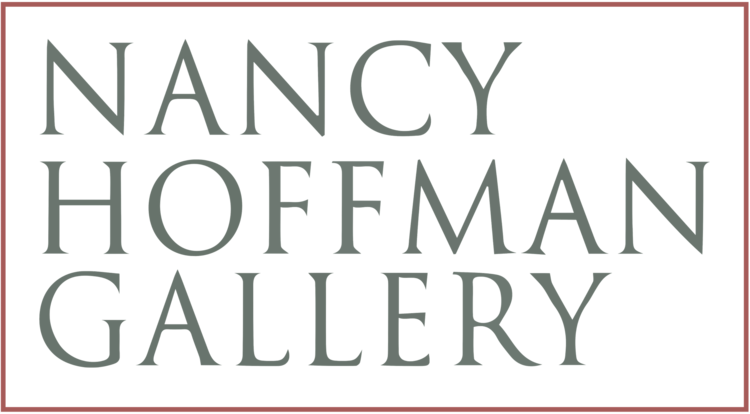By KYLE MACMILLIAN | The Denver Post
PUBLISHED: September 14, 2006 at 4:25 p.m. | UPDATED: May 8, 2016 at 2:48 a.m.
In inventorying the region’s major art institutions, one that often gets overlooked is the University of Wyoming Art Museum in Laramie. And that’s unfortunate.
Not only does the museum consistently present a diverse array of first-rate exhibitions, including some that aren’t seen in Denver, it is also housed in a landmark building by noted New Mexico architect Antoine Predock that is a draw in itself.
Typical of the museum’s high-quality offerings are its two current exhibitions, either of which is worth a trip.
Closing Sept. 30 is “Hung Liu and Rene Yung, The Vanishing: Re-presenting the Chinese in the American West,” an exhibition that melds two touring shows and offers multiple perspectives on a nearly forgotten aspect of Western history.
While most people probably have some vague knowledge that Chinese immigrants played a role in this country’s Western expansion, the depth of their involvement will likely surprise most viewers.
The museum offers an abundance of welcome context, including an array of historical tidbits. Chinese immigrants, for example, made up 30 percent of the Idaho Territory’s population in 1870 – the largest percentage per capita anywhere in the country.
More than 20 period photographs, most from the Idaho Historical Society, are on display, including scenes of Chinese workers at mines and laundries, and the startling sight of a Chinese New Year’s parade along a frontier main street.
The exhibition’s focus, though, is on two contemporary artists’ gazes back at the past they represent.
At the invitation of the Sun Valley (Idaho) Center for the Arts, Hung Liu created five portraits that reinterpret historical photographs on view nearby in the gallery. To augment those selections, the art museum persuaded her to make three additional paintings based on Wyoming subjects.
Liu, a victim of the Cultural Revolution who came to the United States in 1984, is quite simply one of the world’s greatest living painters. While none of these works attain the scale of her large, multi-figure pieces, they are all strong paintings typifying her style.
She revivifies the vintage photographs, imbuing these distant figures with a sense of vibrancy and honesty, overlaying the central subjects with flowers and other symbolic motifs, and deftly weaving in elements of traditional Chinese painting.
As rooted as these works are in the past, they are very much of the present, with Liu injecting them with gestural energy and textural surfaces worthy of Willem de Kooning and gracing them with gentle, flowing drips that Pat Steir could not best.
The show’s masterpiece is “China Mary” (2006), a stunning 60-by-60-inch painting, with a regal depiction of the central figure in a colorful robe, rendered with impressionist verve. Filling out the composition are pale washes of green and yellow and delicate, translucent overlays of birds, flowers and Chinese characters.
The other half of the exhibition is devoted to Yung’s “… nges & disappearances,” an installation evoking a 19th-century laundry. Bars of soap are inscribed with the word “remember,” the artist’s exhortation to not forget Chinese contributions to Western history.
On view through Nov. 18 in an adjacent gallery is “Fred Sandback: Sculpture and Related Works,” a touring exhibition organized by the Sioux City (Iowa) Art Center and expanded for this presentation.
Sandback, who died in 2003, was a singular and essential contributor to 20th-century art history. He devised a simple yet ingenious and revolutionary way to create sculptures, using nothing more than everyday yarn.
In a work such as “Untitled (Two-Part Vertical Wall Construction)” (1986), for example, the yarn is stretched tight and anchored at four corners to create tilted squares.
These yarn outlines manage in surprisingly visceral ways to evoke planes and shapes and to reshape and redefine space.
Wyoming might not be the first place that comes to mind as a cultural destination, but its university art museum dependably presents ambitious, often adventurous exhibitions that deserve more attention.
Fine arts critic Kyle MacMillan can be reached at 303-954-1675 or kmacmillan@denverpost.com.

